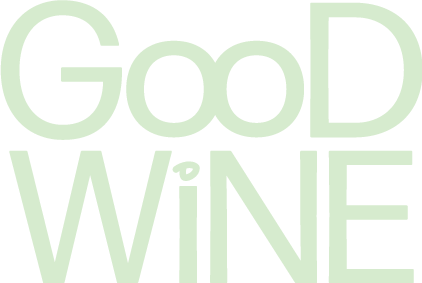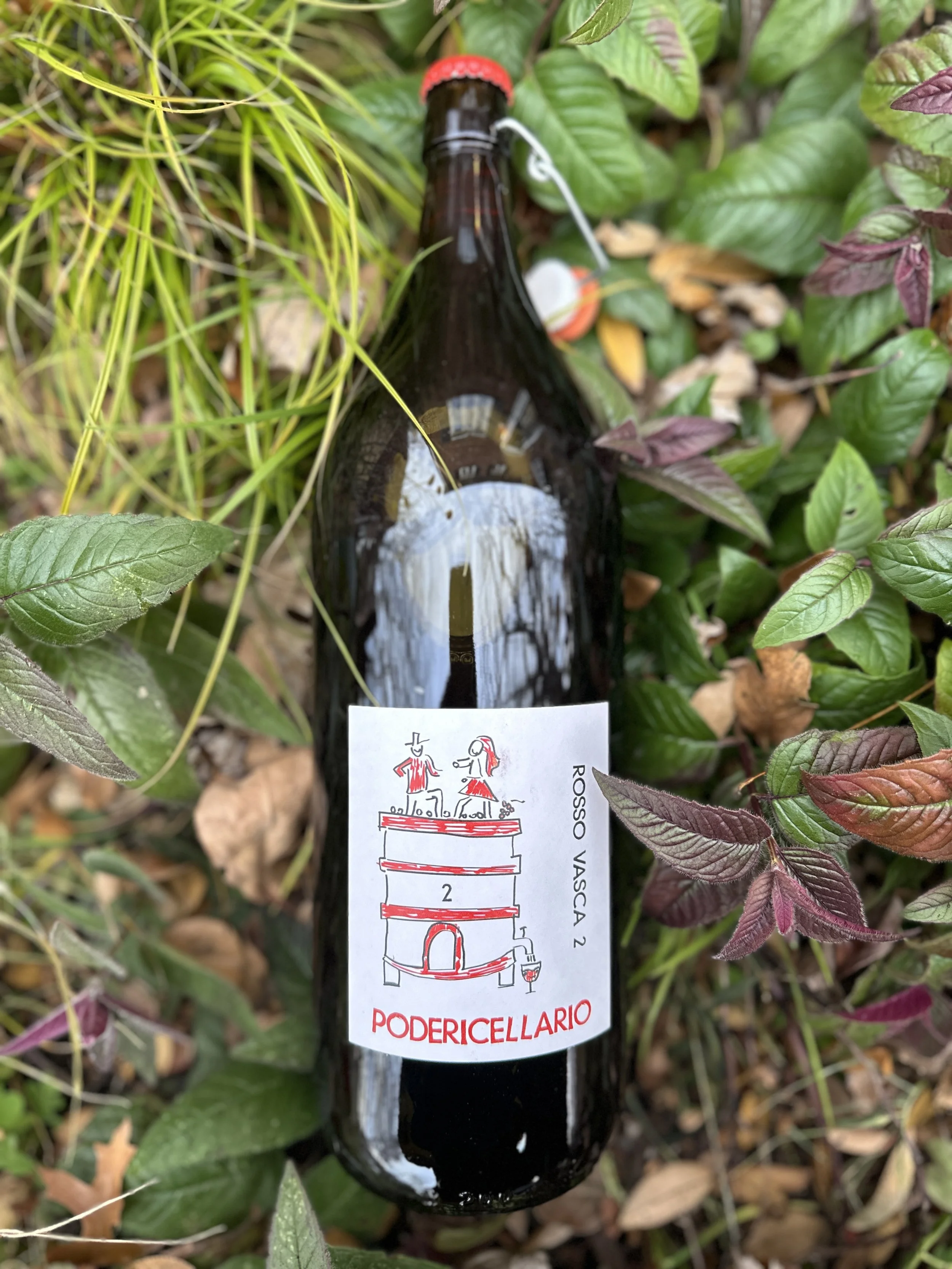December Wine Club: Home for the Holidays
Welcome to the December wine club story from GoodWine x UnWined! If you’ve just joined us, we’re a startup that brings you wine that is good for the planet and the people who live here. By supporting us, you support grape growers and winemakers who are working to leave the planet better than they found it.
Grapes at Glen Manor Vineyard of Virginia. Photo credit: Margaret Perry
This month, we are going to take a look at indigenous—or native—grapes, which are those that originate in a particular place. These grapes are more likely to grow well with less help—aka pesticides and fertilizer, water, and other types of encouragement from the grape grower in the vineyard. This is because they’re better adapted to being there in the first place. The upshot is fewer resources, a lower carbon footprint, and a good thing for people and planet.
I think I first became really excited about indigenous grapes when I read the book Godforsaken Grapes: A Slightly Tipsy Journey through the World of Strange, Obscure, and Underappreciated Wine by Jason Wilson. Jason searches high and low for grapes that are the underdogs but that offer a singular chance to try something new. A startling statistic that Jason offers is that there are nearly 1,400 distinct grape varieties in the world but the lion’s share of wine (80 percent) is made from just 20 grapes. So much opportunity out there! And trying a grape that is nearly extinct until a grape grower starts to cultivate it is a pretty darn cool thing.
This month, we’re trying indigenous grapes from Italy (Ciliegiolo, Freisa, and Dolcetto) and France (Tannat!). We’ve featured indigenous grapes in previous months too, such as Callet and Gorgollassa from the island of Mallorca and Xarel-lo from Spain. Let us know what you think of this month’s selections!
And, if you’re still enjoying your previous months’ wines and want to learn more, that info can still be found on the site, too! The June story was about organic farming (aka farming without chemicals), July was all about makers and growers who do more with less by reducing waste, and August showcased hand-harvesting and benefits for the planet. September was our first foray into certifications of wine, and October was all about Virginia. And just last month, we talked about biodynamic winemaking.
The Wines
First, you’ve got a super fresh mountain wine. This is the Vino Rosso dell’Appennino Frizzante from the producer Valli del Morastello, who sits smack in the Appenine mountains. This is the land of parmigiano reggiano, balsamic vinegar, and prosciutto—some of our favorite stuff to eat around here.
About a decade ago, the winemaker, Luigi Ottonelli, decided he wanted to bring back native grape varieties and their long-forgotten vineyards. The Ciliegiolo grape (also called Morastello locally), which makes up 80% of this wine, was one of them. He blends the Ciliegiolo with Negretta, Uva Tosca, various Lambrusco varieties and some Barbera—some of which are indigenous as well. Such a cool project!
— Morastello Vino Rosso dell’Appennino Frizzante 2021
Next, we’re trekking about 4 hours to the west to the Langhe region in Italy, where we find Poderi Cellario, our next wine producer. The Cellarios are third-generation winemakers who believe in working only with local, indigenous Piemontese grape varieties (aka those from the Piedmont region of Italy). They use the grapes Freisa and Dolcetto to make this highly drinkable, lighter-bodied red.
As you probably noticed, this selection is a full 2L (or just over 2 1/2 bottles) of scrumptious wine. If you feel like sharing, Pam at our King Street shop astutely pointed out that this would make a perfect hostess gift. The re-sealable top makes it a fun bottle to enjoy and then reuse for other purposes, too.
— Poderi Cellario "Vasca 2" NV
Finally, you’ve got a lovely example of Tannat, a grape that is native to Southwestern France, near Madiran. (It’s also grown quite extensively in Uruguay, too, and so some might think it actually originates there, but its home is indeed France.)
Owner Simon Capmartin farms organically, and his vineyard is certified under the AB (“Agriculture Biologique” or organic agriculture) program, too. This means that he cannot use synthetic chemicals or GMOs and can use only certified organic products in the cellar.
We loved how this Tannat is substantial and perfect for a holiday dinner, but it’s still delicate, well-balanced, and ready to drink right away. Enjoy and have a very happy holiday!







